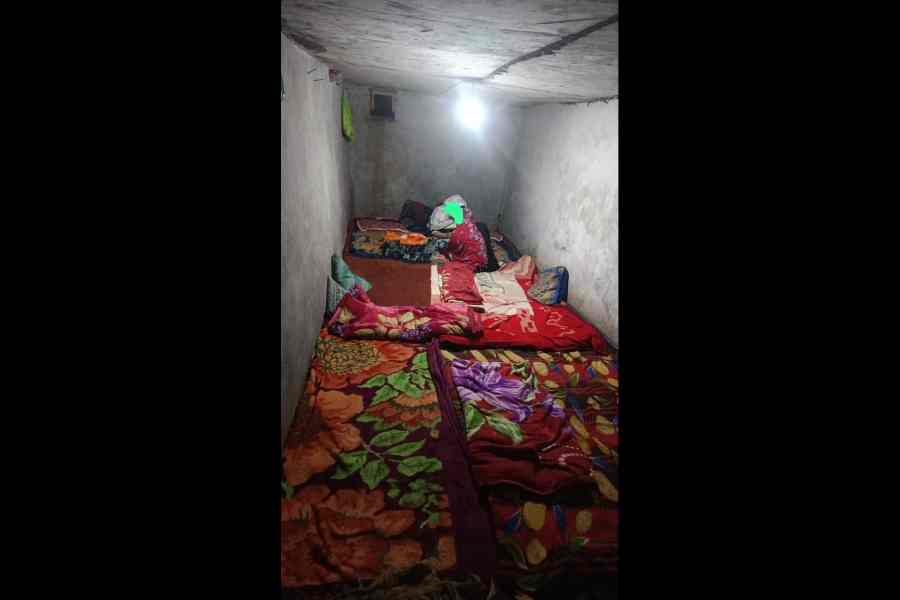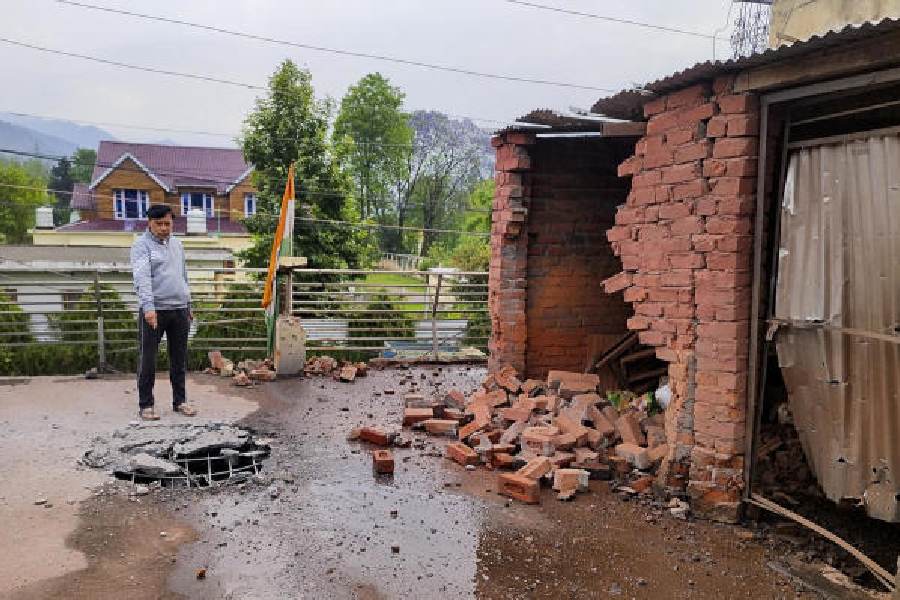
of jewellers in Dariba, 1867
CHANDNI CHOWK:THE MUGHAL CITY OF OLD DELHI By Swapna Liddle, Speaking Tiger, Rs 399
William Dalrymple describes Swapna Liddle's slim book as a "much-needed introduction to the history of the Old City of Delhi". But then Chandni Chowk, which forms a part of Shahjahanabad - the city founded by the fifth Mughal emperor - would not be unfamiliar to either tourists or readers. In her introduction, Liddle mentions that a number of published works, ranging from coffee-table books to serious research, refer to the imperial city. Dalrymple's praise has to do with the way Liddle presents the information that is already in the public domain. She targets the lay reader, combining crisp prose with scholarship. This is a chronological rendition of the history of the Old City, but Liddle does not intend her re-telling to be representative. The result is a delightful condensation of over three centuries into an informative, and illustrated, narrative.
A skilled historian, much like a detective, ferrets out startling facts. Liddle does not disappoint with her sleuthing skills. The text has been enriched by little-known facts. Chandni Chowk, we are told, "had a large pool in its centre, reflecting the moonlight, or chandni, which gave the square its name".
Equally enjoyable is Liddle's treatment of facts. She uses them like building blocks to support the lucid narrative. But they are also tool-kits to draw inferences from, helping readers reimagine momentous events in the city's past. For instance, the discourse on the Revolt of 1857 is widened to include, say, the anxieties of the "propertied classes" who saw "control slipping into the hands of alien peasant soldiers, and the lower classes of the city."
There is a bit of something for everyone, guaranteeing Chandni Chowk a diverse readership. Those who are fascinated with Mughal architecture will enjoy the opening chapter in which Liddle elaborates on the structural details of the Red Fort. Here, she shows how the physical alignment of the city - the arrangement of the lanes and alleys, for example - was meant to convey, symbolically, the link between the sovereign and his subjects. Seekers of urban legends would appreciate the research on the occupants of the margins. The kanchanis - the capital's singing and dancing women - Liddle writes, served as entertainers and were taxed by the State. The focus on people (picture) - the ones remembered or forgotten - breathes life into the Old City.
The book also leaves readers pondering important questions. The preservation of the Old City from the hands of the modern urban sprawl is one example. But that is not all. In a polarized India, history is turning into a battleground between fact and propaganda. Liddle reminds readers of the syncretic legacy of the Mughals and the city they built at a time when attempts are being made by the ruling party to nudge the dynasty out of textbooks.










